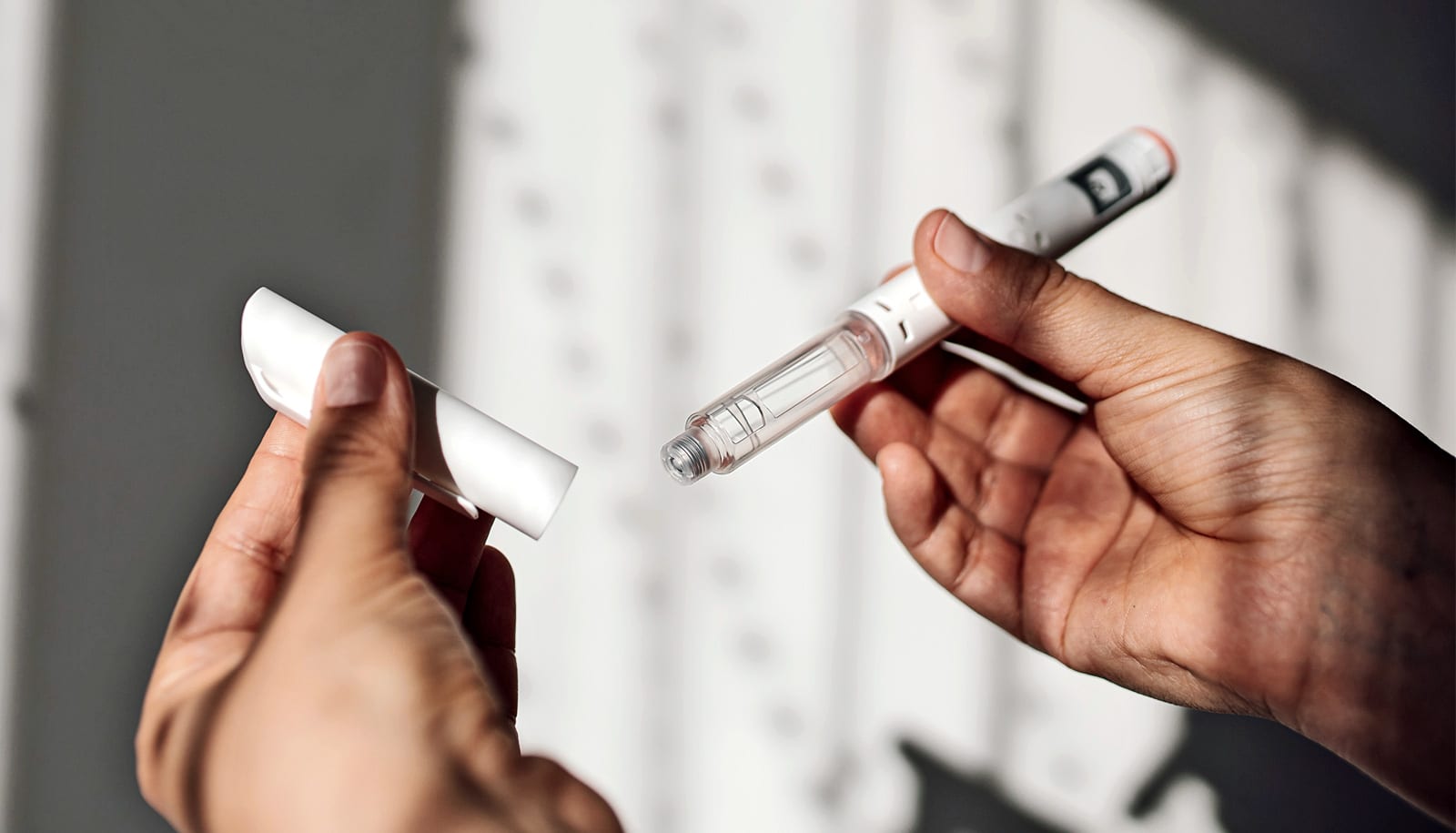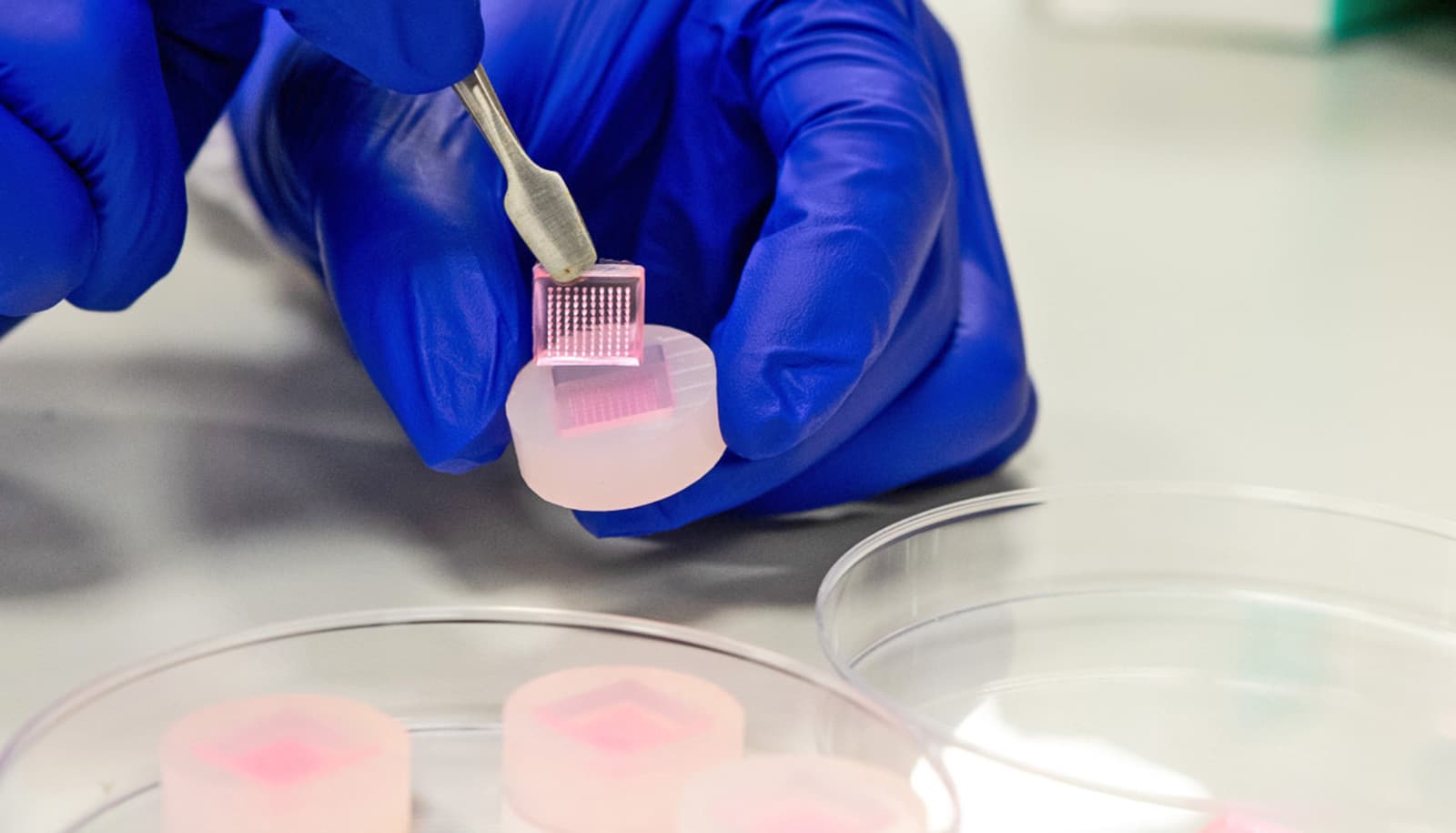A new study uncovers an unexpected mechanism of glucose sensing in skeletal muscles that contributes to the body’s overall regulation of blood sugar levels.
It’s well known that our taste buds can detect sugar. And after a meal, beta cells in the pancreas sense rising blood glucose and release the hormone insulin—which helps the sugar enter cells, where the body can use it for energy.
“We found that skeletal muscle cells have machinery to directly sense glucose—in a certain sense it’s like the muscles can taste sugar, too,” says senior study author Jiandie Lin, a faculty member at the University of Michigan Life Sciences Institute.
This ability of muscles to sense blood glucose is a separate and parallel process that augments the insulin-driven response. Together they work as a rheostat to maintain steady glucose levels in the body, particularly after a meal, according to findings published in the journal Molecular Cell.
Continuing to develop an understanding of how the body self-regulates blood sugar at the molecular level could shed new light on obesity and diabetes, as well as point toward new therapeutic targets, says lead author Zhuoxian Meng, a research investigator in Lin’s lab.
The researchers were able to examine the contributions of the glucose-sensing pathway in skeletal muscle by silencing a key gene—BAF60C—in cell cultures and in laboratory mice.
“When we did that, the mice lacking BAF60C looked absolutely normal, but after we gave them a high-fat diet to induce obesity, they developed trouble disposing of the additional glucose after a meal,” Lin said. “The well-known insulin mechanism was not sufficient to process the glucose on its own.”
Elevated blood sugar following a meal is a key symptom of type 2 diabetes. And chronic high blood sugar, also known hyperglycemia, can lead to serious health issues.
“We found that the molecular pathway that’s engaged by glucose in muscle cells, at least the initial steps, is very similar to what happens in the beta cells in the pancreas,” says Lin, who is also a professor of cell and developmental biology at the University of Michigan Medical School.
Exposure to bright light may alter blood sugar
“This is very interesting because there’s a very important class of diabetes drugs known as sulfonylureas that act by closing a potassium channel and causing the beta cells to secrete more insulin.
“Our research shows that this glucose-sensing pathway in muscle cells likely also plays a role in the drugs’ overall glucose-lowering action. The extent of the pathway’s contribution will need to be studied further.”
Additionally, there are two steps within the glucose-sensing pathway that could serve as potential targets for modulation with therapeutic compounds.
“It’s amazing how subtle changes in glucose can be detected throughout the body,” Lin says. “Beta cells respond, nerve cells respond, and now we know that muscle cells respond directly, too.”
Other authors are from the University of Michigan and from Huazhong University of Science and Technology. The National Institutes of Health and the American Heart Association supported the work.
Source: University of Michigan



